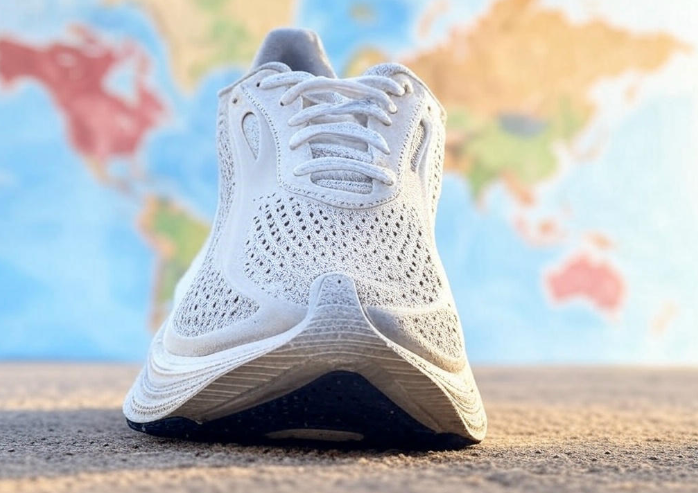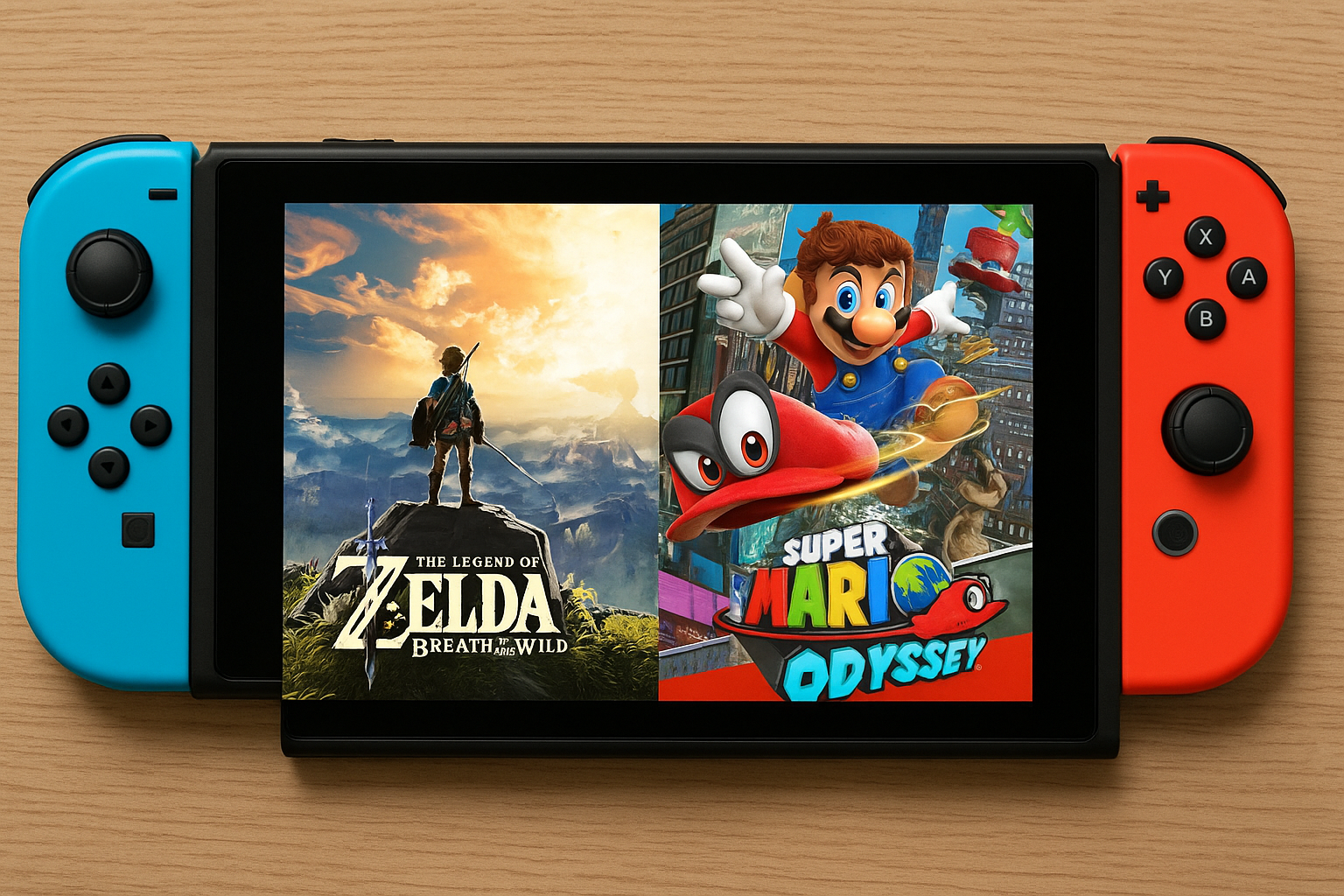The tech world is buzzing with news that caught everyone’s attention this week. Microsoft is in advanced talks to land a deal that could give it ongoing access to critical OpenAI technology, according to a Bloomberg report that dropped like a bombshell on Tuesday. But here’s the thing, this isn’t just another boring corporate partnership story. This could be the deal that shapes the future of artificial intelligence as we know it.
Let me paint you a picture of what’s really happening behind the scenes, and why this matters to literally everyone who uses technology today.
The Billion-Dollar Question Everyone’s Asking
Picture this: You’ve invested over $13 billion in your best friend’s startup, helped them become the hottest name in tech, and then suddenly there’s talk about them potentially cutting ties with you once they hit it big. That’s essentially what Microsoft has been facing with OpenAI.
The crux of the issue lies in something called AGI – Artificial General Intelligence. It sounds like science fiction, but it’s basically AI that can think and reason like humans across all domains. The two companies reportedly signed an agreement last year stating OpenAI has only achieved AGI when it develops AI systems that can generate at least $100 billion in profits. Once OpenAI hits that magical number, the original partnership terms would change dramatically.
Think about it this way: imagine lending your car to a friend with the understanding that once they get their dream job, they might not need to borrow it anymore. Except in this case, the “car” is access to the most advanced AI technology on the planet, and the “dream job” is becoming the most valuable AI company in history.
Why This Deal Is Actually Genius for Both Sides
Now, you might be wondering why OpenAI would want to keep Microsoft around if they’re successful enough to go it alone. The answer is surprisingly practical.
Microsoft brings more to the table than just money. They’ve got Azure, one of the world’s largest cloud computing platforms, which is like having access to a massive digital factory that can scale up AI operations instantly. Microsoft is investing $1 billion in OpenAI to support us building artificial general intelligence (AGI) with widely distributed economic benefits. We’re partnering to develop a hardware and software platform within Microsoft Azure which will scale to AGI.
But here’s where it gets interesting for regular folks like us. Microsoft is struggling to sell its Copilot AI assistant to corporations because many of their employees want ChatGPT. This creates a fascinating dynamic where Microsoft needs OpenAI’s tech to stay competitive, while OpenAI needs Microsoft’s infrastructure and business connections to reach enterprise customers.
It’s like a tech version of a symbiotic relationship – they need each other more than either wants to admit.
The Real Stakes: It’s Not Just About Money
Let’s talk about what’s really at stake here. We’re not just discussing a business deal; we’re talking about who controls the future of AI development and deployment.
Microsoft has been trying to position itself as the leader in enterprise AI through products like Copilot, but the reality is that ChatGPT has captured the public imagination in a way that Microsoft’s offerings haven’t. Meanwhile, OpenAI has the cool factor and the breakthrough technology, but they need serious computing power and business expertise to scale globally.
Bloomberg reports that the two companies have been negotiating an equity stake for Microsoft in the low- to mid-30% range. That’s not pocket change – we’re talking about a stake worth potentially hundreds of billions of dollars as OpenAI continues to grow.
What This Means for Regular People
You might be thinking, “This all sounds like corporate drama. How does this affect me?” Well, more than you might realize.
First, think about all the AI tools you use daily. Whether it’s asking ChatGPT to help with work projects, using AI features in Microsoft Office, or relying on AI for customer service, the outcome of these negotiations will directly impact what AI tools are available to you and how much they cost.
OpenAI, Microsoft Corp. and Anthropic are partnering with one of the largest teachers unions in the US to establish a new training center to help educators use artificial intelligence tools in classrooms across the country. This partnership extension could accelerate AI adoption in education, potentially transforming how our kids learn.
Second, competition drives innovation. If Microsoft and OpenAI maintain their partnership while also allowing room for healthy competition, we all win through better products, lower prices, and faster technological advancement.
The Corporate Chess Game Nobody Saw Coming
Here’s where the story gets really intriguing. OpenAI CEO Sam Altman wants to convert the artificial intelligence developer, which is governed by a nonprofit, into a for-profit corporation. His biggest hurdle is Microsoft, which has outsize influence on the process after having committed more than $13 billion to OpenAI.
This creates a fascinating power dynamic. Microsoft has significant influence over OpenAI’s future structure, but OpenAI holds the technological keys to Microsoft’s AI ambitions. It’s like a high-stakes game of poker where both players have winning hands, but neither wants to show their cards first.
OpenAI’s reliance on Microsoft for computing power has been gradually reduced. As of June 2024, OpenAI has partnered with Oracle to be able to tap into more computing capacity. This diversification strategy shows that OpenAI is preparing for multiple scenarios, which actually makes a continued partnership with Microsoft more likely – when you have options, you can negotiate from a position of strength.
The Timing Couldn’t Be More Critical
The timing of these negotiations is crucial. The AI industry is at an inflection point where the companies that establish dominant positions now will likely maintain them for years to come. The key elements of our partnership remain in place for the duration of our contract through 2030, but what happens beyond 2030 is exactly what these current talks are trying to determine.
Microsoft CEO Satya Nadella has been vocal about the importance of AI to Microsoft’s future. “We formed our partnership with OpenAI around a shared ambition to responsibly advance cutting-edge AI research and democratize AI as a new technology platform,” said Satya Nadella, Chairman and CEO, Microsoft.
But words are one thing; securing long-term access to cutting-edge AI technology is another entirely.
What Success Looks Like for Everyone
If these negotiations succeed, we could see a partnership that combines the best of both worlds: OpenAI’s innovative AI research with Microsoft’s global reach and enterprise expertise. This could lead to:
- Better integration between ChatGPT and Microsoft’s productivity tools
- More affordable AI solutions for businesses and consumers
- Faster development of new AI capabilities
- Greater competition with other tech giants like Google and Amazon
The key is finding a structure that allows OpenAI to maintain its innovative edge while giving Microsoft the access it needs to compete effectively in the AI market.
Insights
This isn’t just another tech acquisition or partnership story. Microsoft and OpenAI are in advanced contract talks that would give Microsoft access to future tech developed by the ChatGPT maker, and the outcome will ripple through the entire technology industry.
What makes this particularly fascinating is that both companies are negotiating from positions of strength. Microsoft has deep pockets and enterprise relationships, while OpenAI has the most recognizable AI brand and breakthrough technology. Neither can afford to walk away empty-handed.
For those of us watching from the sidelines, this represents a pivotal moment in the AI revolution. The partnership that emerges from these negotiations won’t just determine the fate of two companies – it will help shape how artificial intelligence develops and deploys across every aspect of our digital lives.
The next few months will be crucial as these talks progress. One thing is certain: whatever deal emerges will be studied, copied, and referenced for years to come as the template for how AI partnerships should work in an era where the technology is too important for any one company to control alone.
Stay tuned – this story is far from over, and its conclusion will affect all of us.



